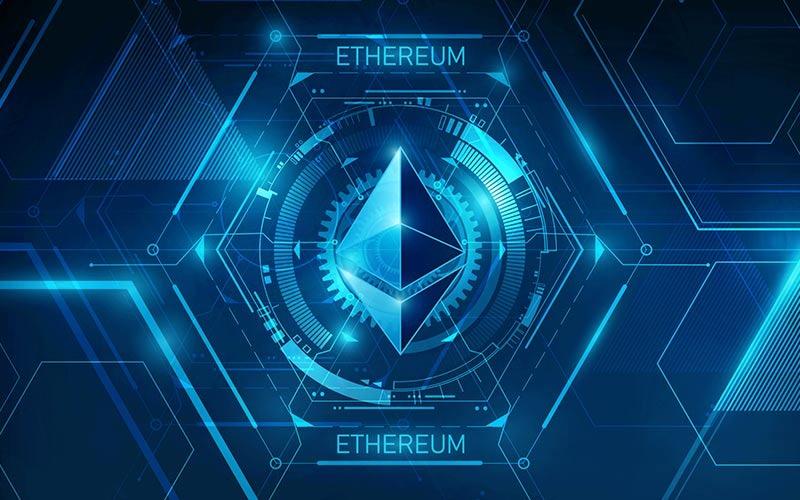The Ropsten Ethereum Testnet is Ready for the Merge's Dress Rehearsal
The Ropsten testnet is one of many Ethereum client testing grounds. It has several features similar to the Ethereum mainnet, such as the usage of a worthless version of Ether (ETH) to perform transactions and the coding environment, but changes made there has no impact on the mainnet. Ropsten is Ethereum's longest-running Proof of Work (PoW) testnet, starting in 2016. When Ropsten ultimately conducts its Merge, it will be a preview of what the actual Merge on the Ethereum mainnet would look like. The resulting consequences on the testnet, its apps, and clients will provide developers with the first-ever insights into what to expect from the mainnet Merge and how to avoid difficulties.
In the days leading up to the Ropsten Merge, according to Beiko, there are still a few things that developers and node runners must prepare for. The Beacon Chain must release the most recent upgrade, and the mining difficulty of the PoW side, known as the TTD, must be determined. The upgrade will be implemented first, followed by the TTD, which "should be selected by June 2/3," according to Beiko.
Because it will accomplish numerous aims, the Merge is one of the most highly anticipated events in the Ethereum network's history. It will transform Ethereum's PoW consensus method to PoS, significantly increase its energy efficiency, and rename the network to the Consensus Layer (formerly known as Eth 2.0). This year's event is expected to take place in August. Despite the hopes of thousands of Ethereum users, the Merge is unlikely to lower the network's gas fees.

